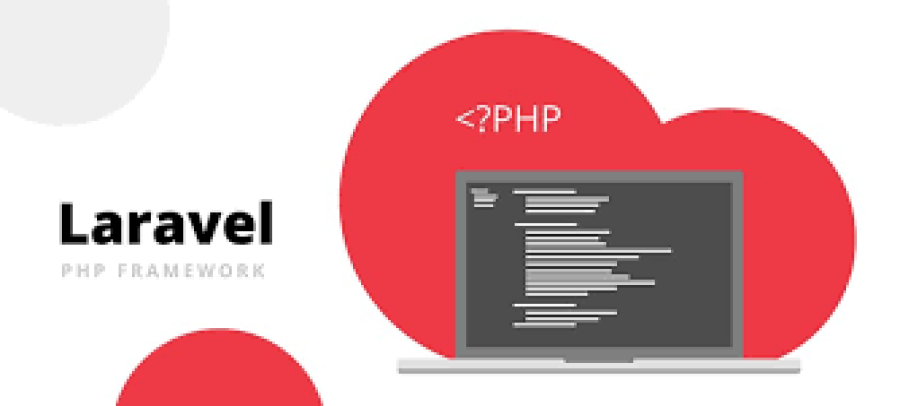How to Create an SEO-Friendly Blog Using Laravel
Building a blog is easy, but making it SEO-friendly is what ensures it ranks higher on search engines like Google. If you’re a developer working with Laravel, optimizing your blog for search engine visibility is crucial for attracting organic traffic.
At FreelancerBridge, we help developers create high-performance, SEO-optimized websites. In this guide, we will explore how to build an SEO-friendly blog using Laravel, ensuring better rankings, faster load times, and an enhanced user experience.
Why SEO Matters for Your Laravel Blog?
SEO (Search Engine Optimization) helps your blog appear in search results when users search for relevant topics. A well-optimized Laravel blog can:
- Increase organic traffic to your website.
- Improve user engagement and readability.
- Boost search engine ranking and authority.
- Enhance the overall user experience (UX).
Now, let’s dive into the best practices for optimizing a Laravel blog for SEO.
Steps to Create an SEO-Friendly Blog Using Laravel
1. Optimize URL Structure (SEO-Friendly Slugs)
- Use clean, readable URLs for blog posts (e.g.,
/blog/seo-tips-for-developers). - Generate SEO-friendly slugs using Laravel’s
Str::slug()function. - Avoid unnecessary parameters in URLs.
2. Implement Meta Tags for Better Visibility
- Use dynamic meta titles and descriptions for each blog post.
- Add keywords naturally in meta tags.
- Include Open Graph (OG) tags for better social media previews.
3. Improve Page Load Speed
- Optimize CSS, JavaScript, and images to reduce load time.
- Enable Laravel caching for faster performance.
- Use a Content Delivery Network (CDN) to serve assets globally.
4. Use Structured Data (Schema Markup)
- Add Schema Markup to help search engines understand content.
- Use JSON-LD format for articles and blog posts.
- Implement structured data using Laravel Blade templates.
5. Create High-Quality, Keyword-Rich Content
- Write unique, informative, and engaging blog posts.
- Use proper keyword placement (in headings, first paragraph, and conclusion).
- Add internal and external links to improve content credibility.
6. Enable XML Sitemaps for Easy Indexing
- Generate an XML sitemap using Laravel’s
spatie/laravel-sitemappackage. - Submit your sitemap to Google Search Console for faster indexing.
- Keep it updated when adding new blog posts.
7. Improve Mobile Responsiveness
- Ensure your blog adapts to all screen sizes using responsive design.
- Optimize images for mobile users.
- Use Google’s Mobile-Friendly Test to check responsiveness.
8. Implement Canonical Tags to Avoid Duplicate Content
- Prevent duplicate content issues by using canonical tags.
- Set the preferred URL version for blog posts.
- Use Laravel’s
canonical()helper to manage canonical URLs.
9. Use SEO-Friendly Pagination
- Avoid duplicate content with paginated URLs.
- Use rel="next" and rel="prev" meta tags for paginated pages.
- Implement Laravel’s built-in pagination system correctly.
10. Optimize Blog Images for SEO
- Use WebP format for faster loading.
- Add alt text and descriptive filenames to images.
- Implement lazy loading for better performance.
Conclusion
Creating an SEO-friendly blog using Laravel requires a combination of technical SEO, content optimization, and performance improvements. By following these steps, you can boost search rankings, attract more visitors, and enhance user experience.
At FreelancerBridge, we focus on helping developers build optimized, high-performance Laravel blogs. Start implementing these SEO strategies today and watch your blog grow! 🚀


 by Emily
by Emily




